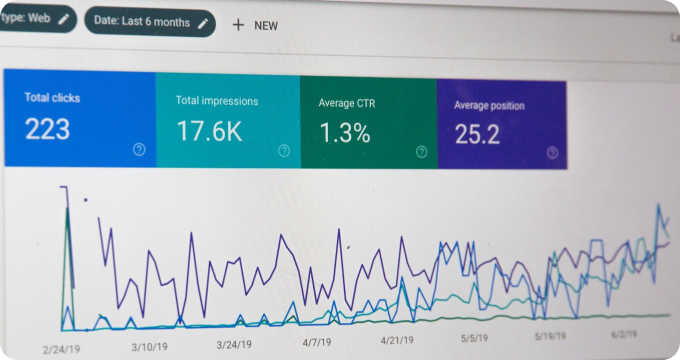How to Budget Effectively for Dual Diploma Programs
- October 31, 2023
- 2 minutes
As individuals with a keen intellect and a propensity for lifelong learning, dual diploma programs often present an enticing opportunity for furthering one's academic endeavors. However, the financial implications of engaging in such a program can be formidable. It demands astute financial planning and budgeting to ensure that the pursuit of knowledge does not lead to a financial quagmire.
Unpacking the essence of dual diploma programs, they are essentially academic programs that allow an individual to achieve two distinct diplomas, typically from two different institutions, in a significantly condensed timeframe. They offer an expansive academic experience, often transcending national borders. The visible benefit of such programs lies in their potential to offer a multi-dimensional, enriching, and diversified education. However, the financial ramifications can be substantial and thus demand meticulous planning.
The first step in budgeting effectively for a dual diploma program is to gain a comprehensive understanding of the total cost. This includes tuition fees for both institutions, accommodation, travel, and living expenses. One must also factor in the opportunity cost – the forgone income during the period of study. The principle of present value, rooted in financial mathematics, is useful here. Present value is the current worth of a future sum of money given a specified rate of return. By calculating the present value of the potential earnings during the period of study, one can gain a more accurate understanding of the true cost of the program.
After understanding the total outlay, it is crucial to explore potential sources of funding. Scholarships, grants, and financial aid offered by the respective institutions or third-party organizations should be thoroughly researched. It is also worth considering income-generating possibilities during the course of the program, like internships, part-time work, or teaching assistant positions. These not only alleviate the financial burden but also provide valuable practical experience.
Beyond this, taking an economics-inspired approach to budgeting can be helpful. This involves deploying the concept of marginal utility – the additional satisfaction a consumer gains from consuming one more unit of a good or service. In the context of a dual diploma program, this means optimizing the courses chosen, extracurricular activities participated in, and the networks built, to extract maximum value from the investment.
It is also vital to have a contingency plan. The concept of risk management, a staple in investment theory, applies here. This can involve creating an emergency fund or having a secondary source of income. An understanding of basic probability and statistics can aid in determining the likelihood of unexpected expenses and planning for the same.
Lastly, it’s worth considering the long-term return on investment (ROI). Dual diploma programs often open doors to more lucrative career opportunities and higher earning potential. Therefore, the economic concept of future value, which pertains to the value of an asset or cash at a specified date in the future that is equivalent in value to a specified sum today, is particularly relevant. Evaluating the potential increase in future earnings can help balance the upfront financial burden of the program.
To sum up, budgeting for dual diploma programs necessitates a blend of financial acumen, economic understanding, and strategic planning. It demands a deep dive into the comprehensive costs, an exploration of funding options, an economically-minded approach to maximizing value, risk management, and an evaluation of long-term ROI. While the financial commitment is substantial, diligent planning and budgeting can transform the daunting prospect of dual diploma programs into a feasible and enriching academic pursuit.
Learn More
Unleash your academic potential and broaden your horizons by diving deeper into our blog posts about the transformative power of dual diploma programs. For a comprehensive guide to the best in the field, they are encouraged to explore our meticulously curated rankings of Top Dual Diploma Programs.
Popular Posts
-
 11 Compelling Reasons Why You Need to Enroll in a Dual Diploma Program
11 Compelling Reasons Why You Need to Enroll in a Dual Diploma Program
-
 How to Budget Effectively for Dual Diploma Programs
How to Budget Effectively for Dual Diploma Programs
-
 Ask These Questions to a University Advisor to Choose the Right Dual Diploma Program for You
Ask These Questions to a University Advisor to Choose the Right Dual Diploma Program for You
-
 How to Hire the Best Candidates from Dual Diploma Programs
How to Hire the Best Candidates from Dual Diploma Programs
-
 4 Things I Wish I'd Known About Dual Diploma Programs Before Enrolling
4 Things I Wish I'd Known About Dual Diploma Programs Before Enrolling






